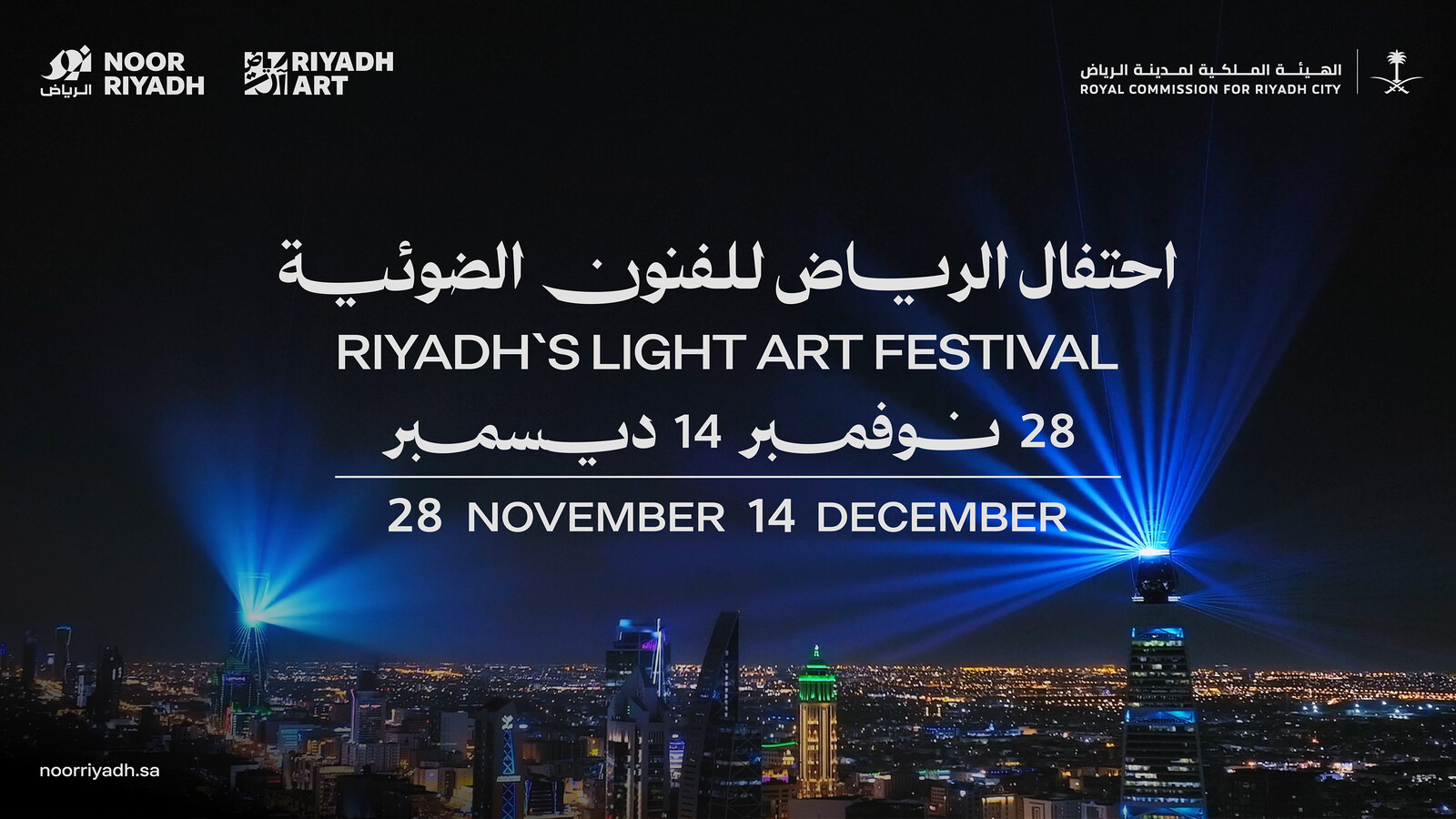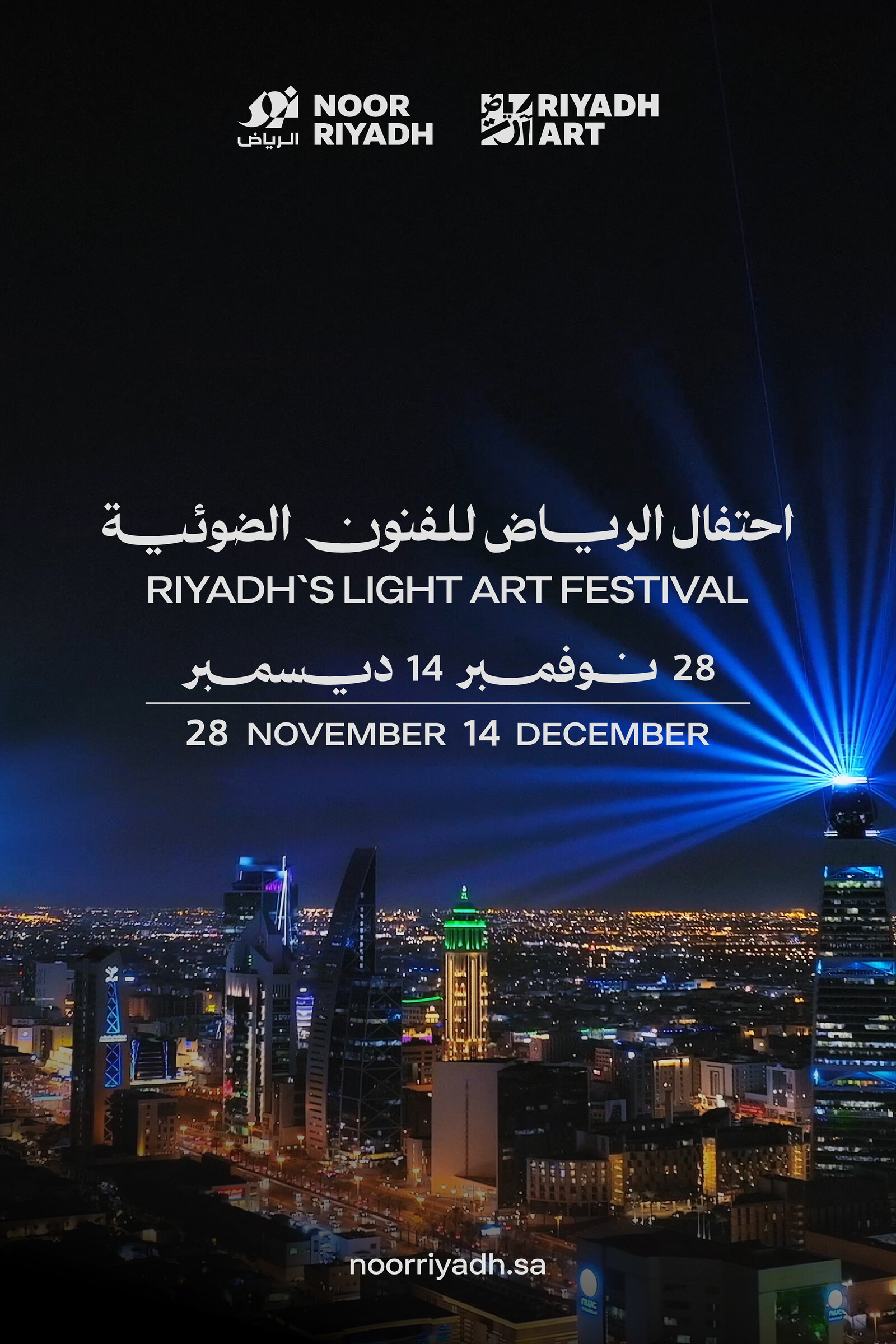8 January – 26 February 2011
Galerie HUSSENOT
5 bis, rue des Haudriettes.
F – 75003 Paris
T +33 (0)1 4887 6081
info [at] galeriehussenot.com
www.galeriehussenot.com
www.mounirfatmi.com
Between the lines is mounir fatmi’s second solo show at Galerie Hussenot, continuing the artist’s ongoing investigation of the modern world. In diverse works, he constructs visual spaces and linguistic games that aim to free the viewer from preconceptions of politics and religion, allowing space for contemplation of how we think and who we are.
A metaphor for a way of thinking, Between the Lines breaks down categories. Despite the monochrome nature of the exhibition, the message is far from black and white. It is the shades of grey that interest mounir fatmi: multiple interpretations of words, questioning the status quo instead of accepting universal truths, reading between the lines. The title recalls the artist’s interest in language, which is adapted and appropriated into his own visual lexicon. Arabic verses from the Qur’an become decorative elements of videos and installations, as they once used to decorate armour and talismans. But instead of presenting these texts as religious doctrine, mounir fatmi absorbs them into less concrete and more complex configurations.
Modern times, a history of the machine, a largescale video installation of a machine, dominates the gallery walls. The title of the piece is inspired by Modern Times, Charlie Chaplin’s celebrated 1936 film, which comments obliquely on the alienation of man in a modern industrialised society, with Chaplin playing a lowly worker on a factory production line. In fatmi’s machine circular verses from the Qur’an form the clattering cogs. The words are reanimated as circular abstract forms. Taken out of context the circles and continuous motion offer a way of escaping a fixed way of thinking. The dizzying effect of the installation draws on the legacy of Marcel Duchamp and his Rotoreliefs. Duchamp’s spinning circular optical illusions were amongst the first manifestations of kinetic art, produced in the context of a fast-industrializing society, a phenomenon which is repeating itself today in developing countries all over the world. The movement of the machine reflects the artist’s desire to make people’s heads spin. The danger of complacent acceptance of the machine is averted by the disconcerting soundtrack, ear-piercing when it starts up, as if to remind the viewer to stay on their guard: the machine is not perfect. Like Chaplin’s character, whose slapstick encounter with the factory machine suggests the human obstacle to a perfectly streamlined production mounir fatmi explains: “I want to be the product that the machine fails, otherwise one would think that the machine is perfect”.
The video Mixology uses similar circular verses, printed on to the surface of vinyl being mixed by a DJ. As the vinyl spins the record-player’s needle peels away at the paint between the grooves, creating a new sound. The clash between music and text is brutal – representing cultural difference and also the age-old archrivals: pleasure and religion. This violent contrast is perfectly intentional, as mounir fatmi explains “the first meeting between cultures can only be violent”. Despite increasing talk of a globalisation, the tensions between different cultures and the improbability of attaining a modern global culture are themes that recur throughout the artist’s oeuvre.
Modern times, a history of the machine provides a backdrop for the installation Mehr Licht, which consists of a group of photocopiers placed around the gallery floor, with Neon lights in the place of documents to be copied. The installation is an absurd gesture. How can you capture the image of a neon light? Although a critical instrument in image making, light has no image. Like the machine that produces nothing, the photocopiers are redundant in their task of copying. Goethe’s last words “Mehr licht!” (More light!) are interpreted as a plea to see the world in an enlightened way. As with Modern Times, Mehr Licht calls for rational thought: words should never be taken as dogma and images must always be questioned.
*Image above:
Courtesy of the artist and galerie Hussenot, Paris, copyright mounir fatmi.


